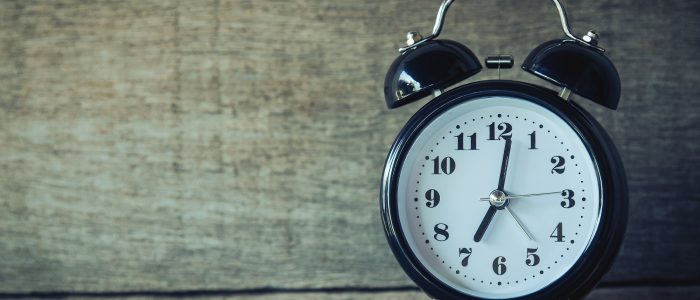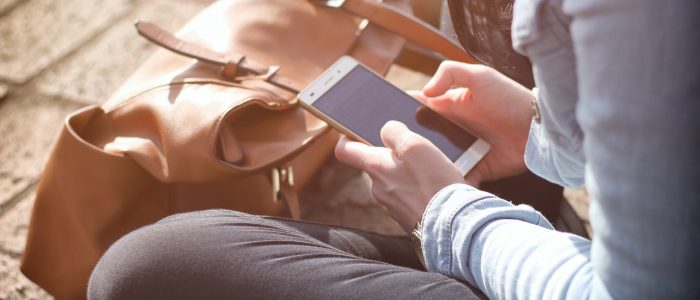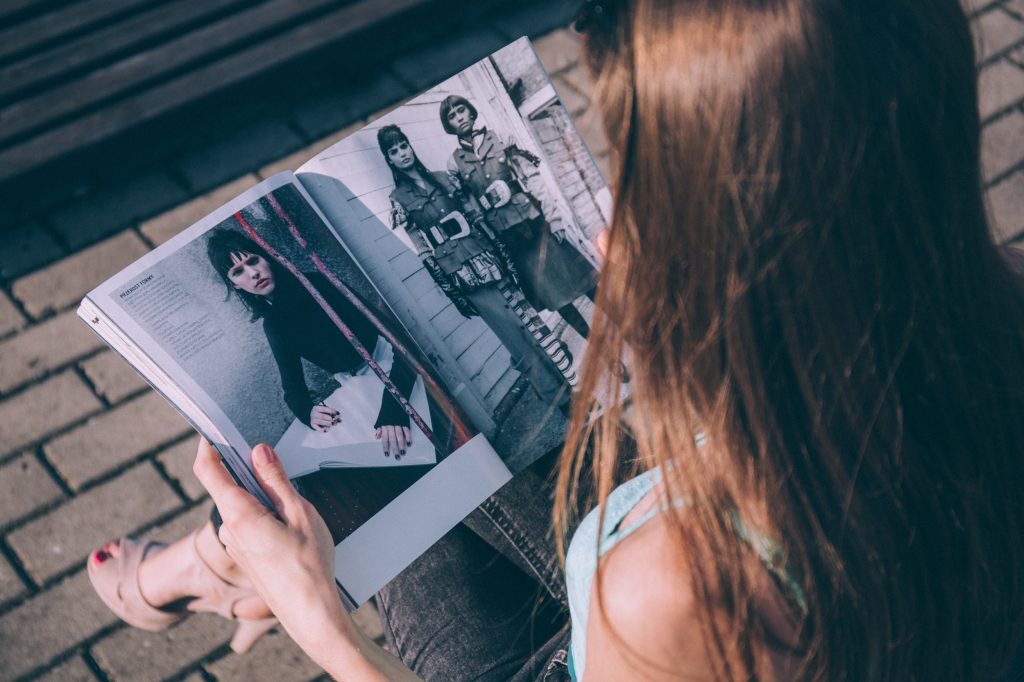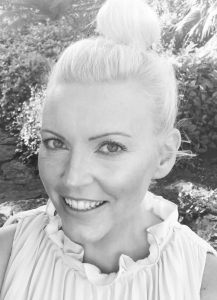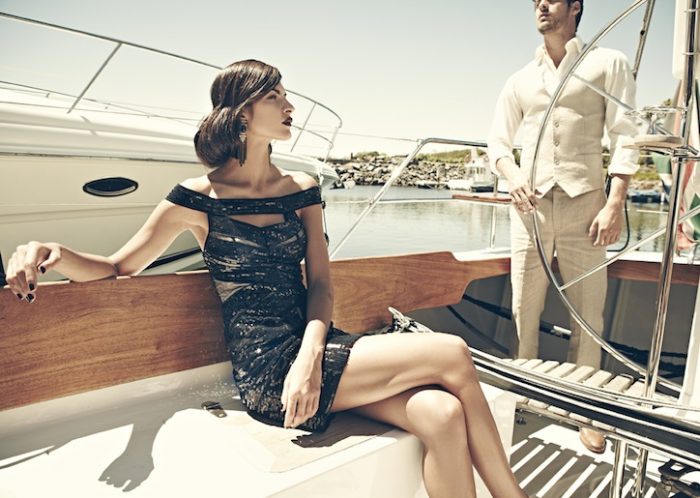How To Have A Better Working Relationship With Your Agent
Interview with STORM’S Noelle Doukas And Christopher Yianoullou
Why Models Should Study the Fashion Industry
In all careers, people are hired for their expertise in their chosen fields. As a model, part of your expertise is the knowledge you have of the Fashion Industry.
TO COMMUNICATE WITH CLIENTS AND PEERS
By researching your clients and their products, you will be able to grasp the creative, or marketing, concepts of your bookings. You will find it easier to follow direction and communicate with your client, and the creative team, on a professional level.
If you are booked for an informal event in a department store or boutique, you will be required to converse with the customers. You may have to encourage the shoppers to browse your client’s collection or answer questions about the clothes you are modeling. Of course, you are not expected to know everything about the designs; but you do need to appear to have a basic interest in fashion.
To be familiar with all of the designers, stylists, artists, and photographers is very useful during ‘shop talk’ with your agent. For example; you could be told that your next test shoot is in the style of an established photographer, or that you should dress in the style of a designer brand for a casting.
IMPROVE YOUR CHANCE OF SUCCESS
Your passion and understanding for this multi-billion dollar industry will be appreciated by everyone that you work with. Flipping through fashion magazines and blogs can teach you the difference between editorial, campaign and lifestyle work, while giving you inspiration for a multitude of poses and expressions. Additionally, it will keep you up to date with current trends in clothing, cosmetics, and style.
Not only that, you also need to know which artists and clients could potentially move you up the rankings just by working with them. Do not take this as an excuse to refuse jobs because they are not shot by Mario Testino, or for the cover of Vogue, but as a way to recognize when a major opportunity arises. It is all too common for models to miss their chance to raise their careers to the next level. This is because they don’t understand what career-changing job is being offered to them.
Modeling is highly competitive, and both clients and agents want to work with well-informed models; so study the business. It will surely improve your chance of success, and after all, knowledge is power!
RESOURCES: Aside from the countless glossy magazines and blogs, here are some great websites to help you study the fashion industry.
What You Need To Know About Model Release Forms
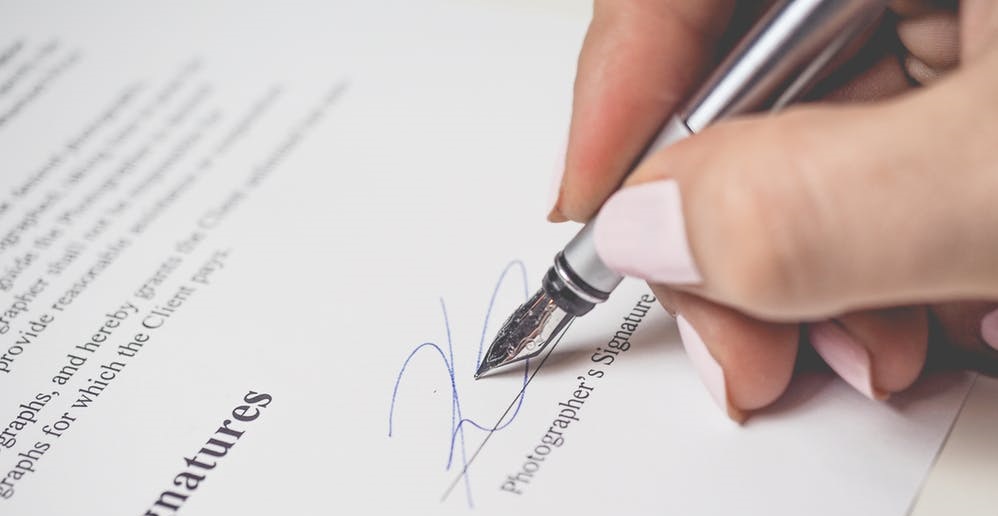
Model release forms are documents that, if signed, give photographers/clients the right to use your image and likeness through any still or video footage that they have taken of you. Release forms were not used that often before the advancements in technology and social media, but now they seem to be the norm for every shoot.
Part of your agent’s job is to negotiate how and where your final images or film will be used and for how long. This is partly because the client’s use of your likeness can affect your rate. In general, more specifically advertising, greater exposure commands a higher rate, or ‘usage fee’. But, it is also dependent on the budget or brand.
Agents and clients occasionally draw up written contracts to formalize their agreements. They will include rates and usage, plus any non-disclosures or exclusivity clauses. However, clients may still give you release forms to sign at shoots, despite having contracts in place.
DON’T GET CAUGHT OUT
Although clients may have your agent pre-approve their releases or adjust them to match the contracts; there are a few that won’t. Call your agency the moment you receive any model releases that you weren’t alerted about before going on set. Your agent will let you know if you need to make any corrections or alterations to it.
Signing a release without your agent’s permission can potentially hinder your modeling career. You could be authorizing the client rights to unlimited usage of the images, for an unlimited amount of time and without further reimbursement to you.
WHAT TO DO WHEN GIVEN A RELEASE FORM
Should you feel pressured into signing a release, politely inform the client that you are under contract that prevents you from signing anything without your agency’s consent. Additionally, you can say that you would be happy to forward it to your agent for approval.


